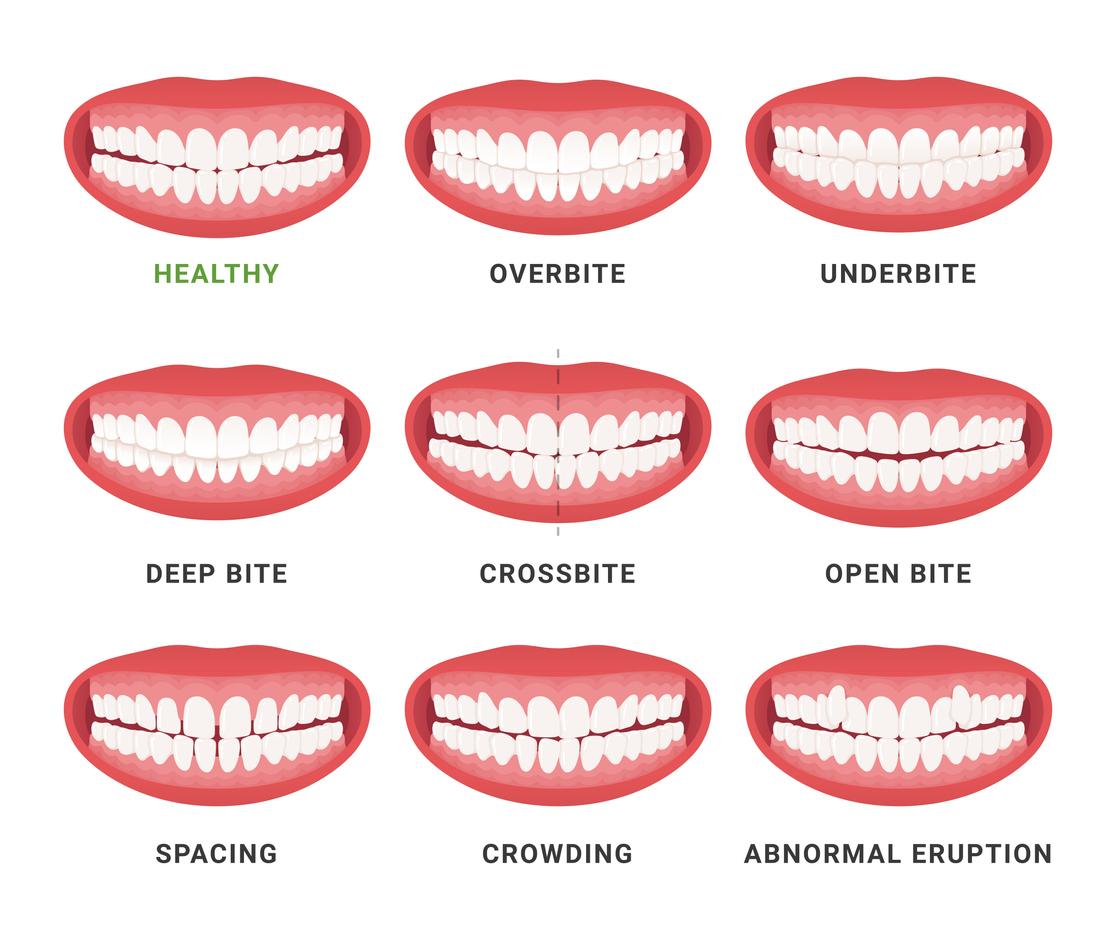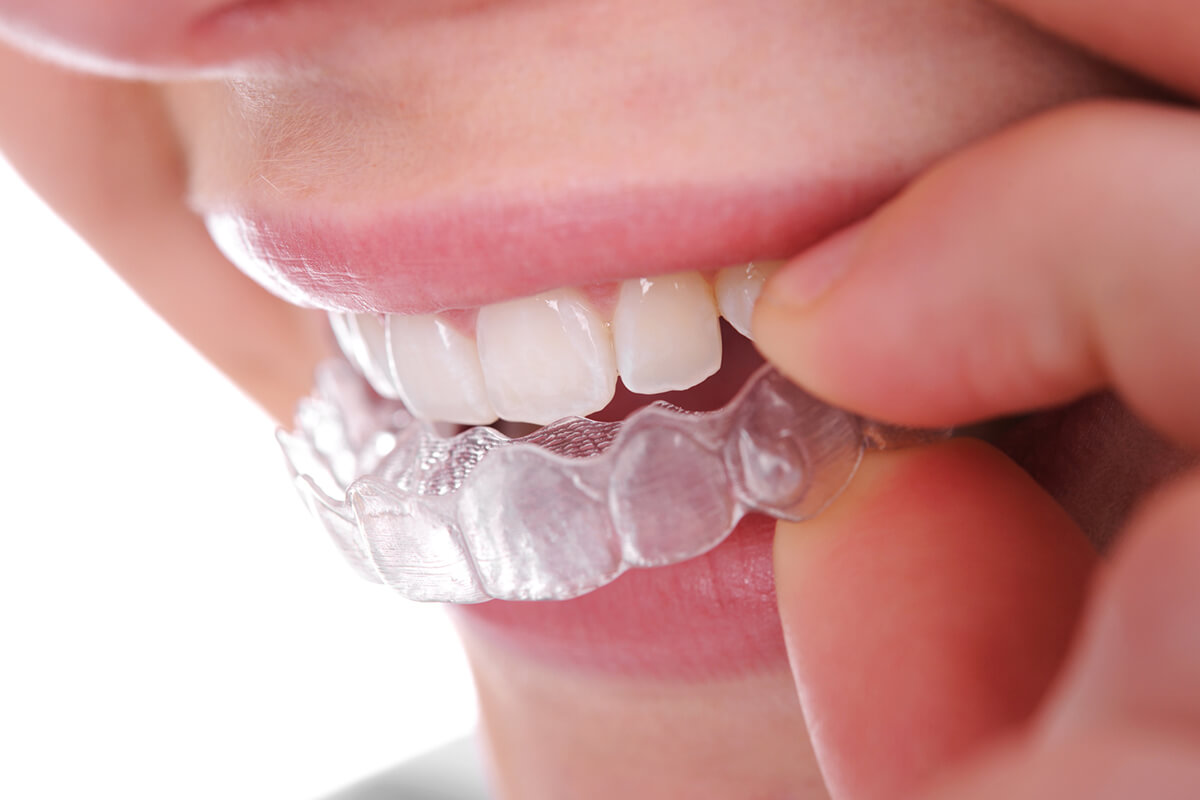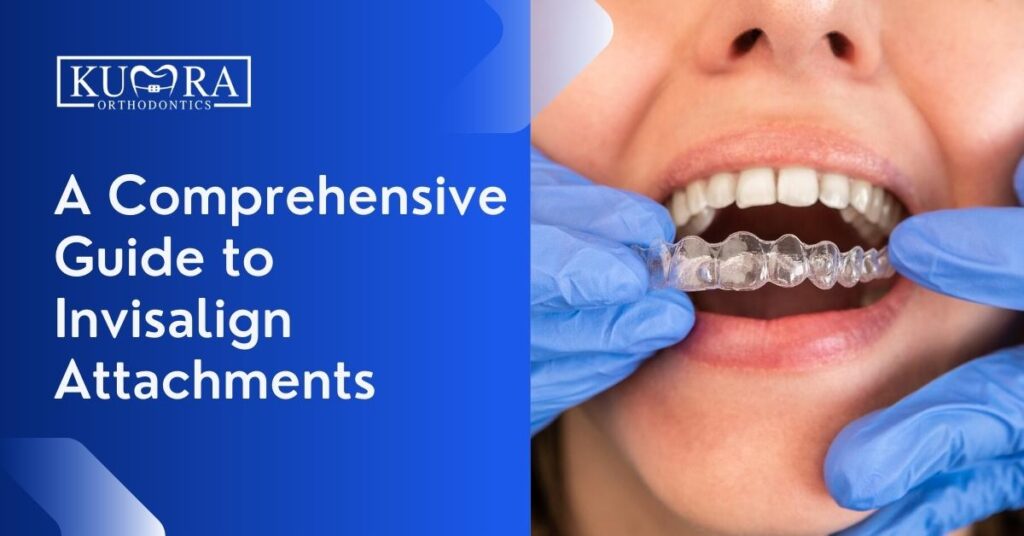Top Factors to Choose Invisalign Over Other Orthodontic Treatments
Top Factors to Choose Invisalign Over Other Orthodontic Treatments
Blog Article
Invisalign vs. Traditional Braces: Which Option Is Right for You?
When considering orthodontic therapy, the option in between Invisalign and traditional dental braces provides numerous crucial elements that warrant mindful analysis. Invisalign offers a very discreet option with removable aligners, while conventional dental braces offer an extra visible yet effective remedy for extreme misalignment. Each alternative encompasses unique advantages and disadvantages associated with appearances, comfort, therapy duration, and expense. Recognizing these nuances is crucial for making a notified decision that straightens with your individual preferences and lifestyle. The question remains: which option will ideal fulfill your orthodontic demands and assumptions?
Overview of Therapy Alternatives

In comparison, conventional braces contain metal braces and wires that are bonded to the teeth. This method uses constant pressure over time to accomplish positioning. While effective for complicated orthodontic issues, traditional dental braces require routine visits for modifications and can present obstacles in maintaining oral health as a result of the difficulty of cleaning up about cables and braces.
Both alternatives have their benefits, and the option commonly pivots on specific dental conditions, way of life choices, and patient compliance. Eventually, getting in touch with an orthodontic professional is important for determining one of the most appropriate treatment plan customized to specific demands. Comprehending the subtleties of each alternative can significantly influence the total success of orthodontic treatment.
Aesthetic Considerations
A substantial factor affecting the selection in between Invisalign and typical dental braces is the visual charm each treatment provides. Invisalign aligners are crafted from clear plastic, making them practically unnoticeable when used. This discreet appearance is particularly appealing to adults and teenagers who might really feel awkward about their orthodontic treatment. The capability to keep a natural smile throughout the placement process can substantially boost the client's self-confidence in professional and social setups.
In contrast, traditional braces contain steel brackets and wires, which can be much more obvious. While advancements in orthodontic technology have actually caused the advancement of smaller brackets and colored elastics, traditional dental braces still preserve an even more conspicuous account. For some individuals, the exposure of dental braces might deter them from looking for necessary therapy.
Ultimately, the selection between Invisalign and standard dental braces might depend upon personal choices relating to visual appeals. Patients that prioritize discernment typically lean toward Invisalign, while those that are much less concerned concerning exposure might select traditional braces. Recognizing the aesthetic ramifications of each alternative is essential for making an educated decision that lines up with one's way of living and preferences.
Convenience and Convenience

In regards to benefit, Invisalign aligners are removable, allowing individuals to appreciate their favored foods without constraint and keep ideal oral hygiene. Brushing and flossing are streamlined, as the aligners can be obtained throughout these routines, whereas conventional braces require careful maneuvering around cables and brackets.
In addition, Invisalign's modern system enables less orthodontic sees. Clients generally obtain multiple sets of aligners simultaneously, which can streamline the therapy process and minimize time spent in the orthodontist's chair. In comparison, conventional dental braces require normal modifications, making them much less practical for those with active routines. Invisalign. Overall, the convenience and benefit of Invisalign make it an appealing option for many people seeking orthodontic treatment.
Treatment Period and Effectiveness
While both Invisalign and standard dental braces work in dealing with dental misalignments, the period of therapy can vary significantly in between both options. Normally, Invisalign treatment can take anywhere from 12 to 18 months, relying on the intricacy of the case. The clear aligners work by progressively shifting teeth into their wanted positions, and routine follow-ups with an orthodontist aid ensure development remains on the right track.
In comparison, conventional dental braces frequently call for a longer commitment, typically varying from 18 months to 3 years. This is because of their fixed nature and making use of cords and braces, which can be a lot more efficient for serious imbalances and complex situations (Invisalign). The treatment performance of traditional braces is well-documented, as they enable for precise modifications and better control over tooth movement
Eventually, the choice between Invisalign and standard dental this link braces might hinge on both the anticipated treatment duration and the details dental problems at hand. Consulting with an orthodontist is essential, as they can supply tailored referrals based on specific needs, guaranteeing the chosen approach lines up with preferred results and timeframes.
Cost Comparison and Insurance Options
Cost plays a considerable duty in the decision-making process for people taking into consideration orthodontic therapy, whether choosing Invisalign or typical dental braces. On standard, the expense of Invisalign varieties from $3,000 to $8,000, while conventional braces usually set you back in between $2,000 and $6,000. Variables affecting these costs include the complexity of the case, the duration of treatment, and geographical area.
Insurance policy insurance coverage can significantly impact out-of-pocket expenses. Several dental insurance strategies supply partial protection for orthodontic treatments, yet the specifics can vary widely. It is critical for clients to evaluate their insurance coverage to determine the degree of coverage for either choice. Usually, conventional dental braces may be extra frequently covered by insurance coverage plans compared to Invisalign, which some insurance providers classify as an aesthetic procedure.
Furthermore, numerous orthodontic techniques offer versatile repayment strategies, making both therapy choices extra available. Clients need to inquire about prospective funding choices and discount rates for ahead of time payments. Examining the total expense, consisting of insurance coverage advantages and layaway plan, is essential for making an informed decision that special info lines up with both aesthetic choices and budget factors to consider.

Verdict
In summary, the option between Invisalign and typical dental braces depends upon multiple aspects, including aesthetic preferences, comfort, therapy period, and price. Invisalign supplies a very discreet, removable option that assists in oral health and nutritional adaptability, while conventional braces may be better for intricate oral problems and typically come at a reduced cost point. Ultimately, appointment with an orthodontist is necessary to examine private situations and identify one of the most proper treatment option for attaining ideal dental placement.
When thinking about orthodontic treatment, the option between Invisalign and typical dental braces presents numerous crucial elements that merit careful analysis.Comparing Invisalign and conventional dental braces discloses distinctive treatment options for orthodontic adjustment.While both Invisalign and conventional dental braces are reliable in remedying oral misalignments, the duration of treatment can additional resources vary dramatically in between the 2 alternatives.Expense plays a considerable duty in the decision-making process for people thinking about orthodontic therapy, whether opting for Invisalign or typical braces.In summary, the selection between Invisalign and standard dental braces hinges on several variables, including aesthetic choices, convenience, treatment duration, and expense.
Report this page